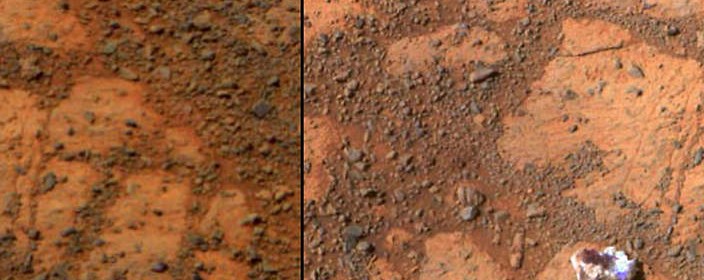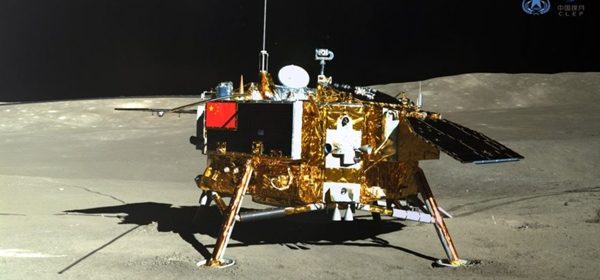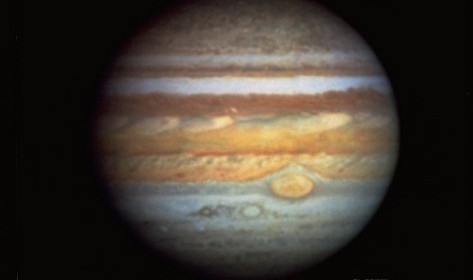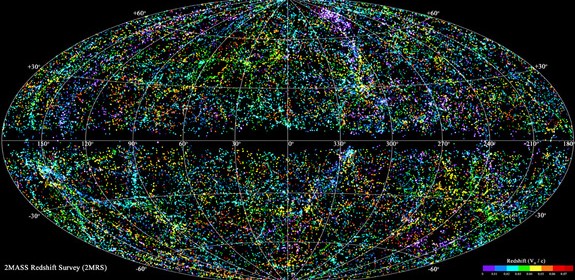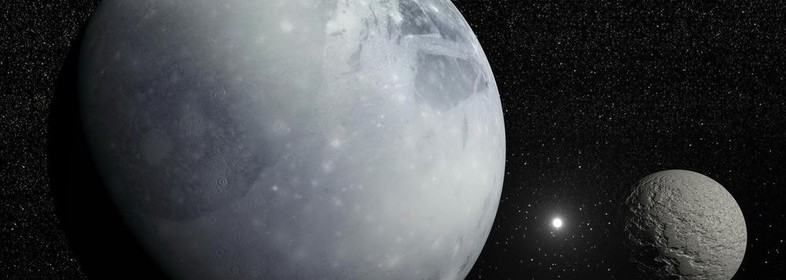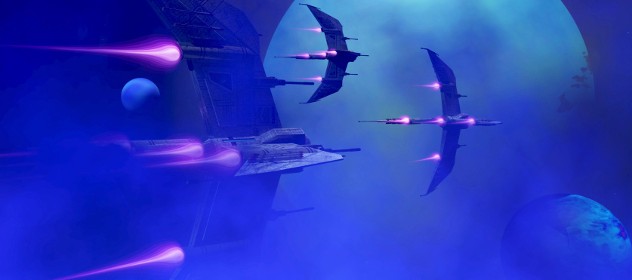Relics of the big bang
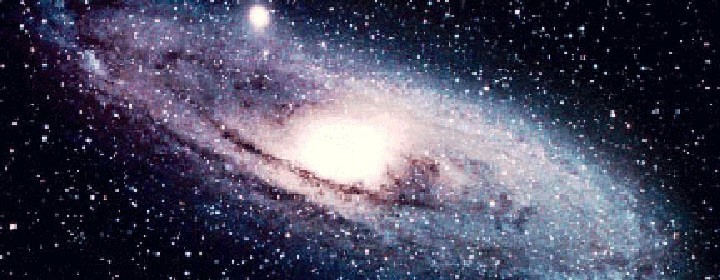
Astronomers have discovered two clouds of gas some 12 billion light-years away that appear to preserve the primordial conditions of the universe in the minutes after the big bang. The clouds contain just hydrogen and its isotope deuterium, making them “the first examples to fit precisely” into what scientists think the early universe was like, University of California astronomer Jason […]
Read more
